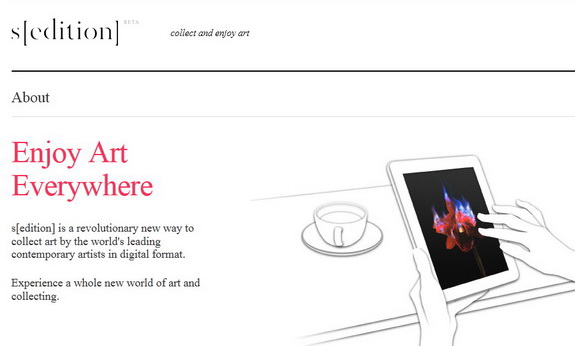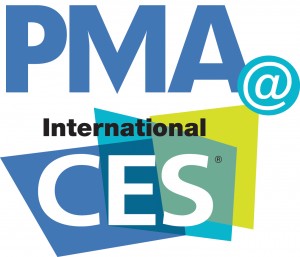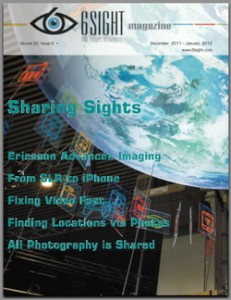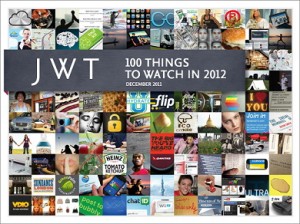PHOTOGRAPHERS. If you earn your living from photography, it’s smart to watch trends in technology and photo usage that might affect the demand for your services. One excellent source for learning about the “future of imaging” is 6Sight, an organization which has been which has been tracking advancements in imaging since 2006.
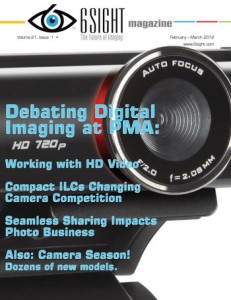 When you download the February/March issue of “6Sight: The Future of Imaging Magazine,” you’ll find a wealth of news and insights. The 48-page issue includes a round-up of camera-related news from the 2012 PMA@CES show in Las Vegas in January, noting trends such as ultra-compact models, cameras with with long stabilized lenses, low-light sensitive imagers, and cameras with WiFi connectivity. You can also read about what’s new in smartphones and video cameras, including:
When you download the February/March issue of “6Sight: The Future of Imaging Magazine,” you’ll find a wealth of news and insights. The 48-page issue includes a round-up of camera-related news from the 2012 PMA@CES show in Las Vegas in January, noting trends such as ultra-compact models, cameras with with long stabilized lenses, low-light sensitive imagers, and cameras with WiFi connectivity. You can also read about what’s new in smartphones and video cameras, including:
- The Nokia Pureview smartphone with a 41-megapixel sensor
- Polaroid’s SC1630 WiFi-connected “smart-camera” with an Android operating system
- The JVC Everio camcorders that can connect to (and be controlled by) smartphones
To help you understand some of the rationale behind these new imaging devices, the February/March issue of the 6Sight magazine features transcripts of three provocative panel discussions among imaging-product manufacturers and photo-industry analysts.
Social Imaging: Does Sharing Threaten Profits?
In this article, panelists discuss how the imaging industry should respond to the fact that smartphone cameras have made it incredibly easy for everyone to snap photos everywhere they go and instantly share them with Facebook. They talk about how this new reality affects the businesses of companies that manufacture and sell cameras, process images, and print photos. And they raise the question: What can people who have made a living in photography for three decades do now to continue to make a living?
While discussing photo prints as a way of preserving special memories, panelist Jason Mitura of Viewdle expressed this viewpoint: “Paper is a lousy display medium; it degrades, it’s limited, it has no fidelity, you can’t tap it, you can’t tag it, you can’t share it.” He foresees a future in which people display their favorite shots on a 55-inch LED TV screen. And if the house burns down, all of your favorite photos will be recoverable because they will be backed up in the cloud.
Will Compact Cameras with Interchangeable Lenses Replace DSLRs?
In this discussion, panelists consider what type of cameras the next generation of photo enthusiasts might buy when they want to move beyond the camera in their smartphones. Will the new compact, interchangeable-lens cameras without moving mirrors replace the bigger, bulkier, classic SLR camera design? When camera users move up from their camera phones, will they be shopping for cameras with a bigger sensor? ease of use? new lenses?
Everything Captures HD Video: Making the Most of Mass Communication
In the introduction to this article, Paul Worthington notes that our smartphones have become mini-TV studios: “The power that was once in the hands of a few people is now in the hands of just about everybody.” But editing 30 long minutes of boring video into 30 watchable seconds of video takes more work than snapping and sharing hundreds of stills. So he asks panelists to consider what opportunities exist for creating video—particularly videos for viewers with short attention spans.
Terrence Swee, CEO of muvee, observes that “There is a kind of instinctual style of editing that professionals have that the rest of us simply don’t. Even if you’re a computer-savvy guy and you know how to use all 500 functions in a video-editing app, you are not a film-school-trained person. You’re not Spielberg. You are unlikely to be able to make a compelling story.”
Trends in Picture Taking
The February/March issue of the 6Sight magazine is also packed with market-research reports, summarizing trends in picture taking and camera, smartphone, and tablet usage.
For example: According to estimates compiled by the photo-sharing website 1000memories, about 10 percent of the 3.5 trillion photos that have been taken since the invention of photography less than 200 years ago have been taken in the last 12 months. And, Facebook’s collection of 140 billion photos is over 10,000 times larger than that of the Library of Congress. (Wow!!)
In a world in which we are bombarded with tidbits of news from blogs, video clips, and sound bites, reading a good magazine can be enlightening. While consolidating a wealth of imaging-related news in one place, editor/analyst Paul Worthington helps readers make sense of some of the marketing forces and trends behind the technology news.
2012 6Sight Future of Imaging Conference
For the first time, the 6Sight Future of Imaging Conference will join the Consumer Electronics Association’s CE Week event on June 25 and 26 at the Metropolitan Pavilion in New York. 6Sight 2012 will focus on the potential of the trends in connected devices, sharing and social imaging, mobile apps, sensors, processors, optics, and displays. 6Sight experts will also spotlight trends such as augmented reality, 3D, and intelligent image-recognition technology.
CE Week, June 25-29, brings together global companies and innovators for conferences, exhibitions, workshops, and networking events. Last year’s event drew more than 5,500 attendees, including more than 640 media representatives and analysts.
LINKS



